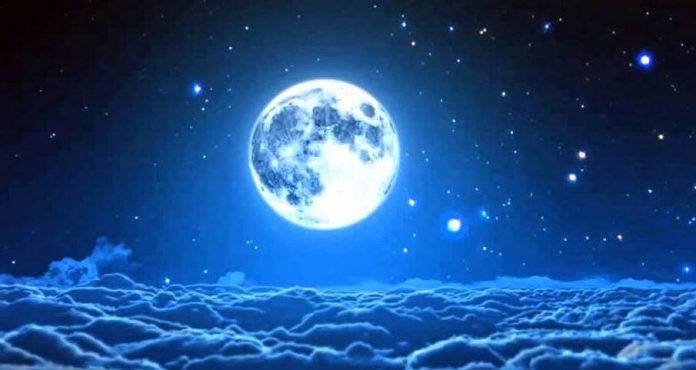
Those who enjoy watching the various events that take place in the night sky will have quite a party on Friday night when a full moon, an eclipse, and a comet come together on the firmament.
February 10 marks the appearance of the full Snow Moon which, by mere coincidence, will suffer what astronomers call a penumbral eclipse. Both events will precede the sight of the Comet 45P at around 3 a.m. on Saturday.
In the Americas, the full moon and the eclipse will be visible at moonrise on Friday, followed by the Comet (best viewed with a telescope or binoculars).
Europe and Africa will enjoy the eclipse right in the middle of the night while Asia will have to see it later on when the moon starts to set.
February full Snow Moon 2017
The full moon in February usually signals the coming of snowstorms and cold temperatures, which is why it receives the traditional nickname of Snow Moon.
Like most other full moons, the name comes from Native Americans, especially the tribes in the north and the east. Some of these people referred to it as the Full Hunger Moon because the harsh weather conditions made it hard to find animals to hunt.
What time is better to watch the Penumbral Lunar Eclipse?
The best hours to watch this one unfold will be at 7:43 p.m. ET in the US, which is 6:43 p.m. CT, 5:43 p.m. MT, and 4:43 p.m. PT. Only about 35% of eclipses are penumbral in nature.
A total penumbral eclipse occurs when the Moon passes through the penumbral cone of the Earth. This event leads the outer shadow of our planet to block a part of the surface of the Moon temporarily.
This eclipse is not as noticeable as others and might not be as surprising as the appearance of the Red Moon in the sky, for example, or a total lunar eclipse. However, astronomy enthusiasts recognize it as a rare event, which makes it worth watching.
The Comet 45P
The Honda–Mrkos–Pajdušáková comet, nicknamed 45P, is a short-period comet discovered by Japanese astronomer Minoru Honda in 1948. A short-period comet typically has an orbital period of fewer than 200 years, which makes their appearances more frequent.
This comet has an elliptical orbit around the Sun that lasts about five years and has graced our skies on numerous occasions. Its closest appearance was on August 15, 2011. This Saturday it will pass at a larger distance, but it will still be visible to the naked eye.
Source: USA Today











